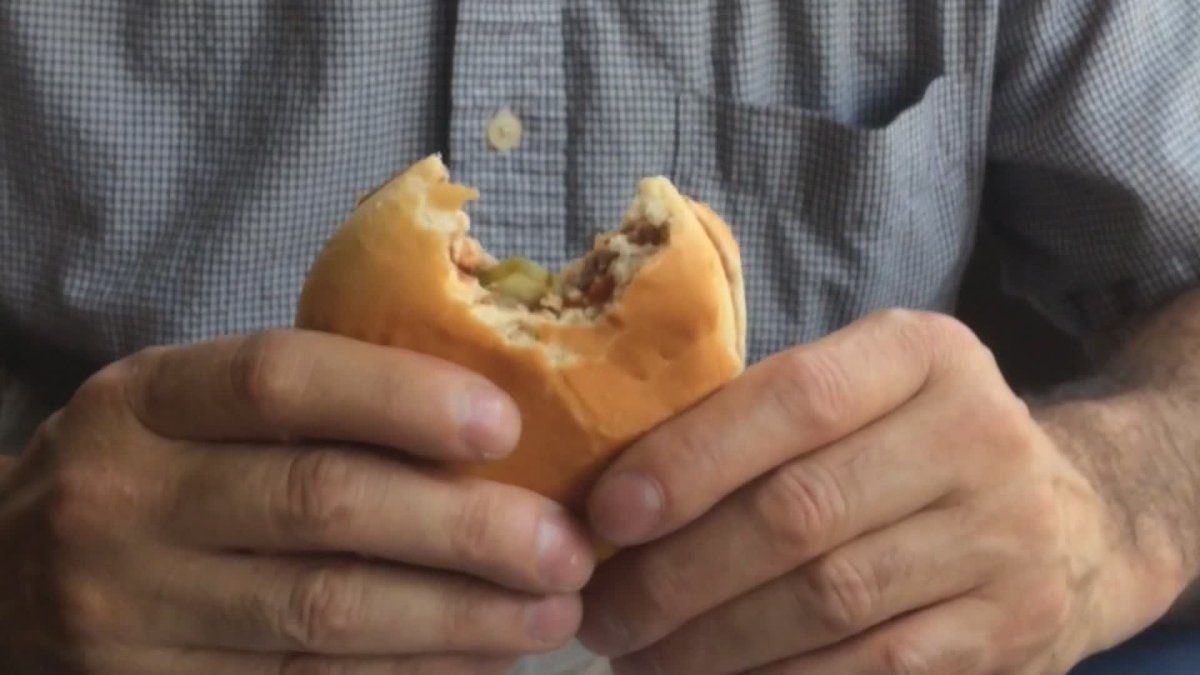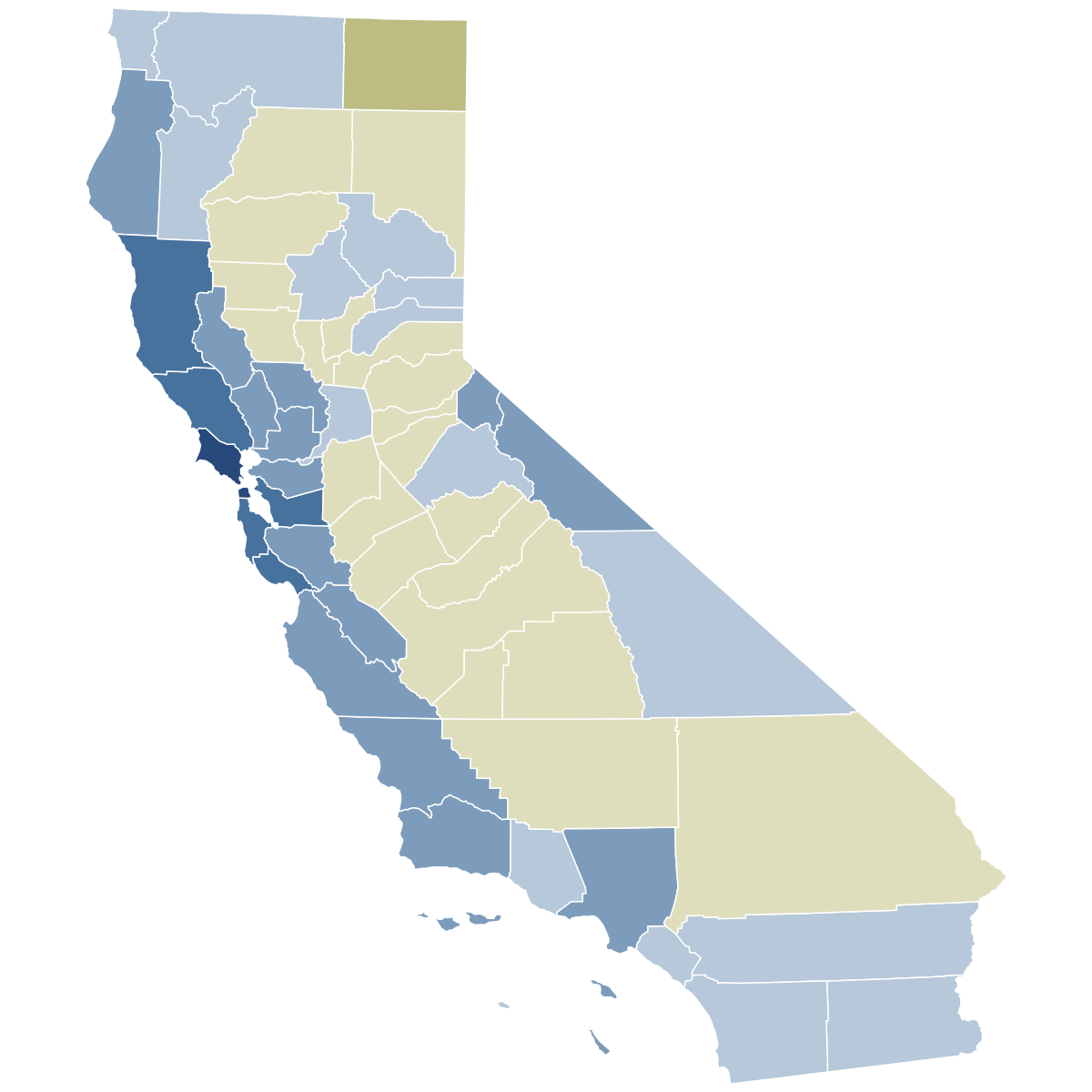Tony Keller who was of the first mainstream media columnists to call out the foreign student/TFW issue has an interesting column on the U.S. deficit/debt situation.
American voters are in for a rude surprise

www.theglobeandmail.com
Essentially, using data from the latest IMF Fiscal Monitor, here:
https://www.imf.org/en/Publications/FM
He looks at the All-Government deficit/debt situation (All government meaning Federal/State/Municipal for the U.S. and Federal/Provincial/Municipal here)
The numbers aren't great in Canada, but appear to be trending a bit better than I might have thought, the numbers in the U.S. should be setting off alarm bells; and here too.
From Mr. Keller's column:
It is noted by Mr. Keller than the above is optimistic in that it involves zero new major spending initiatives or tax cuts.
The IMF data:
Yikes! Now, Mr. Keller notes the U.S. can probably keep muddling through, spending money it doesn't have for many more years, possibly even beyond a decade........but eventually, the bill will come due.
We, in Canada can't be smug about this as the U.S. economy well and truly tanking would not be good for us, at the very least on the export side, but may also have a host of other consequences.
Japan has been the poster child for what should be unsustainable debt, for more than a decade now, and has somehow managed to work through it so far, though with its population decline having begun, its unclear how much longer.
The U.S. has one ace in its deck which is that the U.S. Dollar is really the reserve currency of the world. Should that change at all.......(that's very unlikely in the next year or two or three....but).....

 www.bbc.com
www.bbc.com











